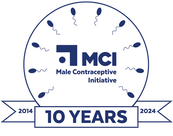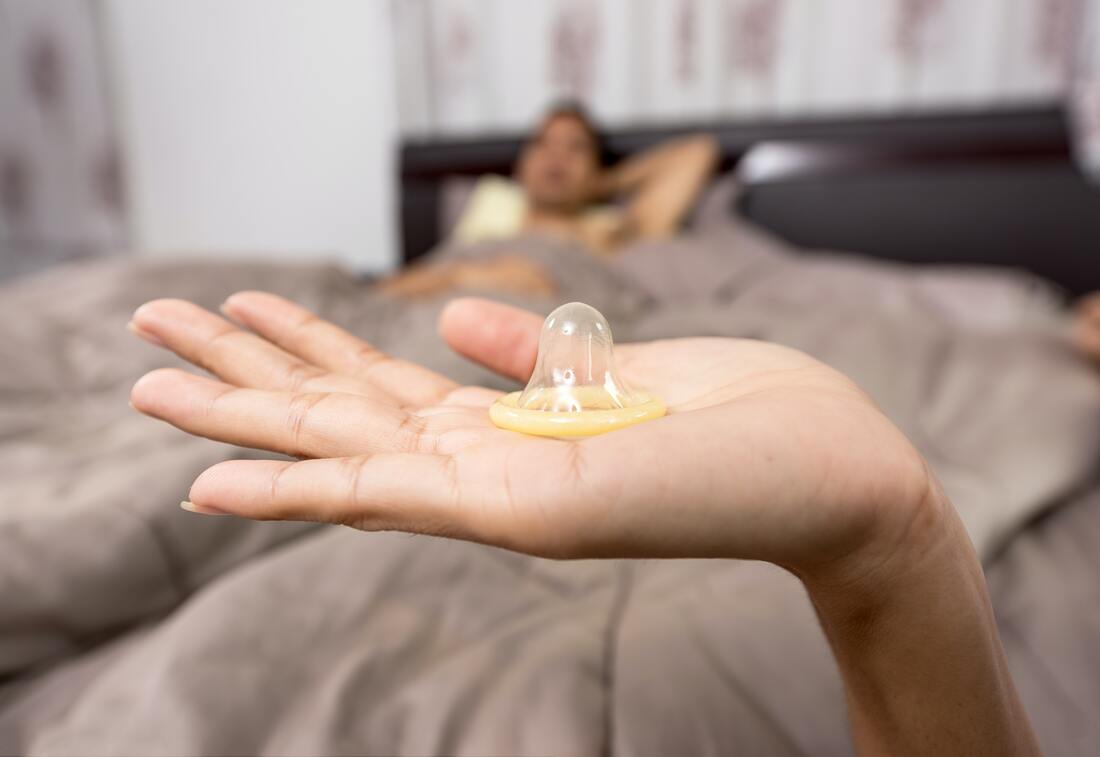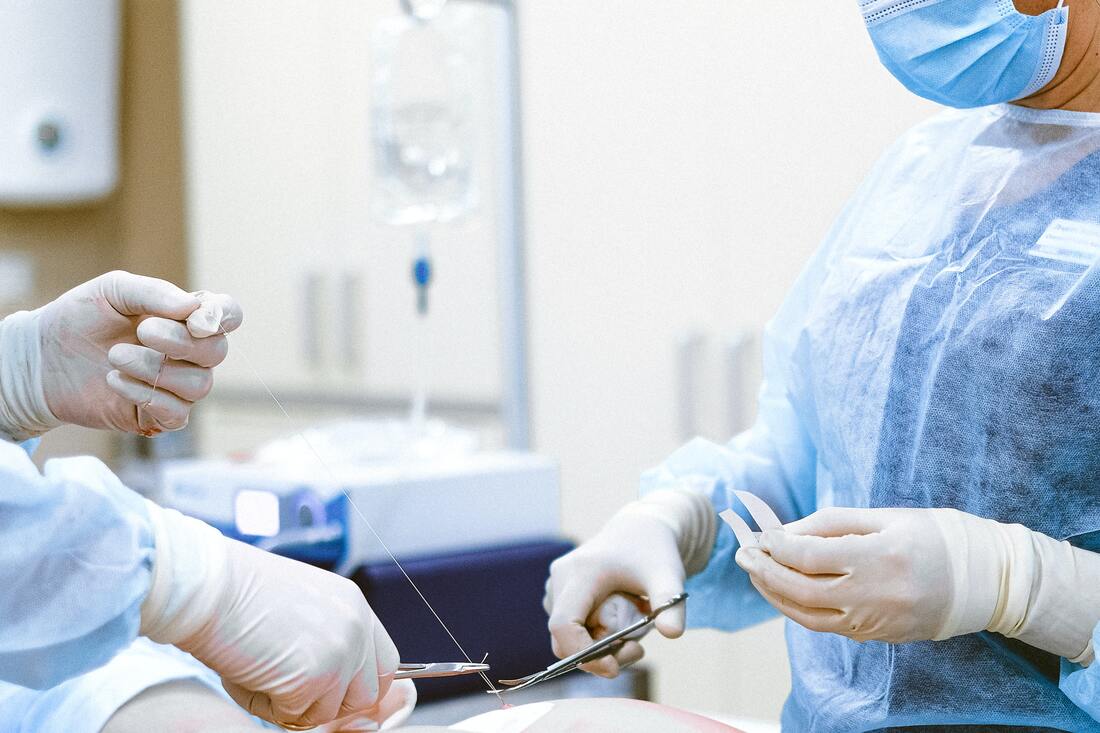|
The critical work developing the next generation of non-hormonal, reversible male (or sperm-targeting) contraception is ongoing, and it is likely to be years before the first of these methods is available. Despite this, there are plenty of reasons to be excited about and optimistic for the future. These new methods will be transformational in ensuring reproductive autonomy for all, addressing significant challenges like unintended pregnancies, and helping meet the lofty sustainability goals necessary to improve the health of the planet and all its inhabitants. In the meantime, it is important that people understand what sperm-targeting contraception options are available. Limited as they are, they at least provide opportunities for both parties to contribute towards family planning objectives, so it is vital that people understand them adequately and fully.
specifically for use by sperm-producing people is the male condom. Barrier methods do exactly what their name suggests: provide a literal, physical barrier that prevents sperm from fertilizing an egg. When used properly, male condoms are an effective way to prevent pregnancy. With proper use—and use at every act of intercourse—women whose partners use male condoms experience a 2% per-year pregnancy rate. However, with typical use the rate of pregnancy is 18% per-year. When used properly during sexual intercourse, oral sex, or anal sex, male condoms provide effective protection for both the user and their partner from sexually transmitted infections (STIs), including gonorrhea, chlamydia, hepatitis B, and HIV/AIDS. To a lesser extent, they also protect against genital herpes, human papillomavirus (HPV), and syphilis. Condoms have been used as a method of preventing STIs since at least the 15th century, with people experimenting with a host of different materials for them, including sheep intestines. Rubber condoms became available in 1855, followed by latex condoms in the 1920s. As of 2019, globally around 21% of those using birth control use the condom, making it the second-most common method after female sterilization (24%).
Vasectomies are usually performed in a physician's office or medical clinic; hospitalization is not normally required as the procedure is not complicated, the incisions are small, and the necessary equipment routine. In fact, due to the relative simplicity of the surgery, a vasectomy usually takes less than a half-hour to complete. After a brief recovery at the doctor's office (around an hour), the patient is sent home to rest. Many vasectomy patients find that they can resume their typical sexual behavior within a week, and do so with little or no discomfort, owing to the minimally invasive nature of the procedure. However, pregnancy is still possible as long as the sperm count is above zero, so another method of contraception needs to be relied upon until another sperm count is performed either two months after the vasectomy or after ten to twenty ejaculations have occurred to ensure that the count is low enough for the vasectomized individual to be considered infertile. Additionally, vasectomies do not provide STI protection, so another contraceptive method (i.e., male condom) that offers such protection should be used. Men are usually counseled and advised to consider how the long-term outcome of a vasectomy might affect them both emotionally and physically as the procedure is considered a permanent method of contraception and is not easily reversed. The procedure is often discouraged for young, single, childless men as their chances for biological parenthood are more or less permanently reduced to almost zero; they need to determine their own comfort in possibly wanting to conceive a child with a partner, or not. WithdrawalThe withdrawal method of contraception (also known as coitus interruptus ) is the practice of removing the penis from the vagina, and away from a woman's external genitals, before ejaculation during sexual intercourse in an effort to prevent pregnancy. The goal of the withdrawal method (also colloquially known as "pulling out") is to prevent sperm from entering the female reproductive tract. The withdrawal method is not recommended as it does not offer STI protection and it isn't effective at preventing pregnancy with respect to other forms of birth control. Consider this: it is estimated that one-in-five couples (20%) who practice the withdrawal method for one year will experience a pregnancy. Additionally, some couples have reported that this approach to pregnancy prevention disrupts sexual pleasure. Nuts & Bolts: Existing Methods of Male Contraception Sources/References:
Hatcher, Robert Anthony; M.D, Anita L. Nelson (2007). Contraceptive Technology. Ardent Media. pp. 297–311. Allen, Michael J. (2011). The Anthem Anthology of Victorian Sonnets. Anthem Press. p. 51. ISBN 9781843318484. McKibbin, Ross (2000). Classes and Cultures: England 1918–1951. Oxford University Press. p. 305. ISBN 9780198208556. World Health Organization (2009). Stuart MC, Kouimtzi M, Hill SR (eds.). WHO Model Formulary 2008. World Health Organization. p. 372. hdl:10665/44053. ISBN 9789241547659. Speroff, Leon; Darney, Philip D. (2011). A Clinical Guide for Contraception. Lippincott Williams & Wilkins. pp. 305–307. "Contraceptive Use by Method: data booklet" (PDF). un.org. United Nations Department of Economic and Social Affairs. 2019. Retrieved 2021-01-02. Healthwise Staff (May 13, 2010). "Vasectomy Procedure, Effects, Risks, Effectiveness, and More". webmd.com. Retrieved March 29, 2012. Trussell, James (2011). "Contraceptive efficacy". In Hatcher, Robert A.; Trussell, James; Nelson, Anita L.; Cates, Willard Jr.; Kowal, Deborah; Policar, Michael S. (eds.). Contraceptive technology (20th revised ed.). New York: Ardent Media. pp. 779–863. ISBN 978-1-59708-004-0. ISSN 0091-9721. OCLC 781956734. "What Happens When I Get a Vasectomy?". WebMD. Retrieved 2021-10-07. Griffin, T; Tooher, R; Nowakowski, K; Lloyd, M; Maddern, G (2005). "How Little is Enough? The Evidence for Post-Vasectomy Testing". The Journal of Urology. 174 (1): 29–36. doi:10.1097/01.ju.0000161595.82642.fc. PMID 15947571.
0 Comments
Your comment will be posted after it is approved.
Leave a Reply. |
Categories
All
Archives
June 2024
|
|
|
Donate to Male Contraceptive InitiativeYour generous donation makes a difference!
|
© Male Contraceptive Initiative. All rights reserved.




 RSS Feed
RSS Feed
